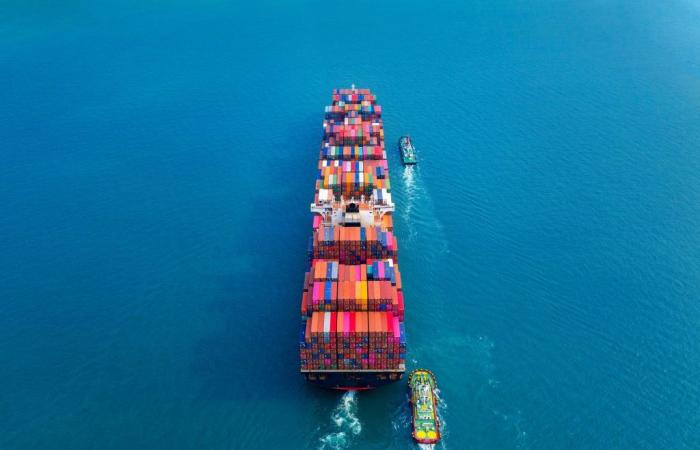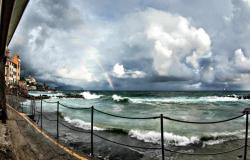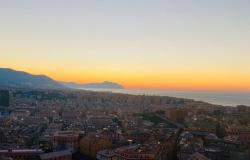The associations are alarmed: “It is legitimate to focus on secondary activities, but without forgetting the history of the port and its vocation”
Livorno – It may be true – and it is certainly so – that a port does not live on containers alone. But it is equally undeniable that without the ‘boxes’ of goods a port community is in trouble.
This is the meaning of the letter-appeal released by Asamar, Spedimar, Cna Fita Livorno, Confetra Toscana, Confindustria and Lega Coop Toscana and addressed to Grimaldi and the other operators of the Tuscan port.
“Recalling the numerous reassuring declarations that have made public the contents of the checks ordered by the Port System Authority foreseen in the case of changes in the control of the concessionary companies – writes the community of Livorno operators – we believe that: the president must propose to the Management Committee and in the Operational Plan three-year plan 2024-2027 currently being drafted, the objectives of the Strategic Planning Document – DPSS – and of the previous Pot 2021-2023, which aimed to increase, post pandemic, the number of containers handled each year”. The operators also ask that “the concessionaire company in renewing the Business Plan, sharing the objective of increasing container traffic in its terminal, takes into account both the investment commitments and activities aimed at achieving them, and the solely incremental nature compared to those already attested in the port of Livorno of the “secondary” traffic that will be handled in Darsena Toscana. Although the dealer’s right to Darsena Toscana to support secondary activities, foreseen by the Master Plan, to the main one of the movement of containers, it appears necessary to mitigate the widespread fear of a mortification of this type of traffic by favoring others. Fears that grow when, as has happened in recent days, “secondary” traffic already rooted as “core” in other terminals is transferred to Darsena Toscana”.
The history of the port
The signatories retrace the recent history of the port of Livorno. “Since 1980, when Livorno – the first port in the Mediterranean in that traffic segment – handled 406,812 TEUs, a system of services and private and public activities has been consolidated centered on the growing use of the container for industrial and consumption needs; so much so that the number of those handled in a port in a year defines its state of health and is a good indicator of the production of wealth and employment in its reference area. The Tuscany Region, considering the provision of port and logistics infrastructures necessary to consolidate and relaunch the economic system of the coast and of the Region to be of public interest, promoted, in 2015, the construction of the Darsena Europa – a new container terminal with an initial cost of 640 million, – to which, according to a recent statement by Deputy Minister Rixi, around 700 must be added for rail connections to the European network”.
“The Port System Authority has shared at the Partnership table, initiated or planned more imminent investments for several tens of millions of euros which, functionally completing the historic one of the microtunnel, would allow larger container ships access to the terminals already operational in port. As in the rest of the world, the consolidation of local economic systems is pursued through interventions, even radical ones, in the port and logistics offer. Economic operators in manufacturing, industry, logistics, transport and a long series of different and minor activities they counted on the medium- and long-term perspectives promoted and financed by institutions. In 2021, Istat quantified the number of employees and 853 Livorno companies attributable to the Ateco transport, handling and warehousing code as 8,367 (Istat classification which categorises the various economic activities). From the analytical description of the 18 items grouped in that code, it appears that a large part is generated by jobs, tasks and professions in the container supply chain. Even the staff of the public administrations involved in the import, export, regulation and infrastructure processes have been sized”.






